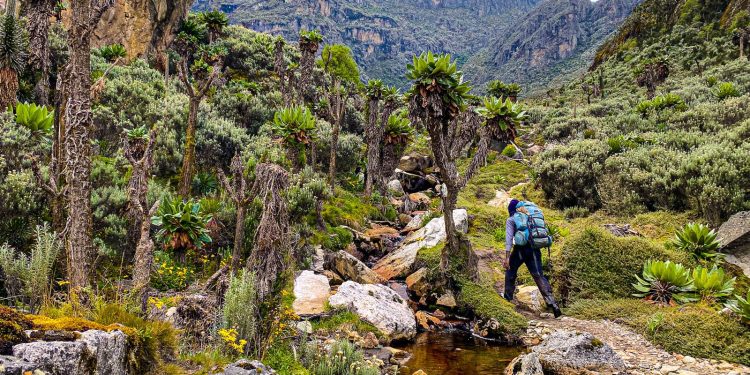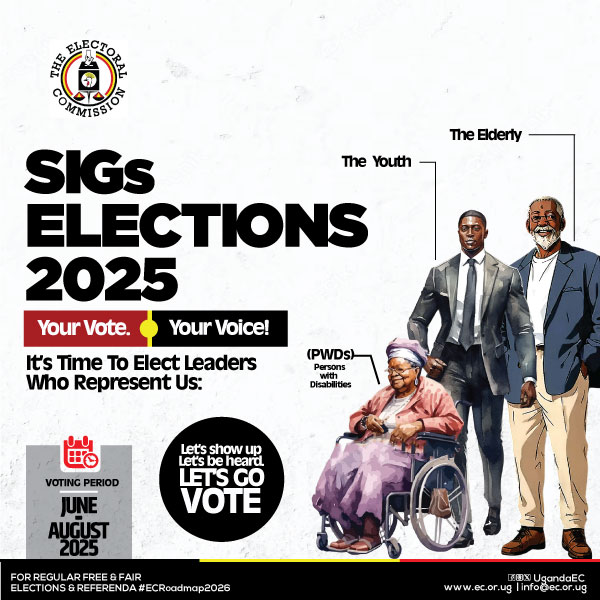The Uganda Bureau of Statistics (UBOS) has published the 2024 National Population and Housing Census profile for the Rwenzori Sub-Region, covering Kasese, Bundibugyo, and Ntoroko districts. The findings reveal a sub-region of more than one million people, marked by solid achievements in water access and home ownership but facing deep-seated economic and demographic challenges.
The census recorded a household population of 1,125,984 and non-household residents of 13,252, bringing the total to 1,139,236 people. With 231,027 households, the average household size is 4.9 persons, and the region’s population density stands at 203 persons per square kilometre.
Demographics and Labour Market
Children under 18 constitute 50.6% of the population, while adults aged 18 and above make up 49.4%. The working-age population (14–64 years) represents 55.9%, and the elderly (65+) account for 4.8%. The youth unemployment crisis is pronounced, with 36.7% of those aged 15–24 not in employment, education, or training (NEET). Among adults aged 15+, the unemployment rate is 7.1%, while labour force participation is 33.9%.
Living Conditions
Housing is largely owner-occupied, with 89.2% of households owning their homes. Water access is strong — 88.6% of households use improved water sources. However, sanitation is poor, with only 39.2% of households using improved sanitation facilities. Over half (54.9%) rely on unimproved facilities, and 5.9% still practice open defecation.
Electricity coverage remains low at 18.5%, while clean cooking fuel use is almost negligible at 1.5%. Most households depend on wood (66.7%) and charcoal (28.6%) for cooking.
Health and Fertility
The total fertility rate in Rwenzori stands at 5.4 children per woman, one of the highest in the country. Adolescent childbearing affects 6.0% of girls aged 10–19, and only 10.2% of children under five have had their births registered with a civil authority.
Poverty and Food Security
Poverty remains acute, with 43.8% of households reported as food insecure. Women are more affected (47.1%) than men (40.2%). The majority of households depend on subsistence agriculture, which offers little resilience against shocks such as climate change and fluctuating crop prices.
Information and Communication
Radio remains the dominant information source (47.7%), followed by word of mouth (27.6%). Mobile phone ownership is at 45.1%, but internet access is very low at 3.9% of individuals aged 10 and above.
Policy Outlook
UBOS emphasizes that while Rwenzori’s progress in water access and home ownership is encouraging, the combination of high fertility, youth unemployment, poor sanitation, and food insecurity presents a serious challenge to sustainable development. Targeted investments in education, family planning, energy access, and agricultural modernization will be crucial to lifting the region out of poverty.





